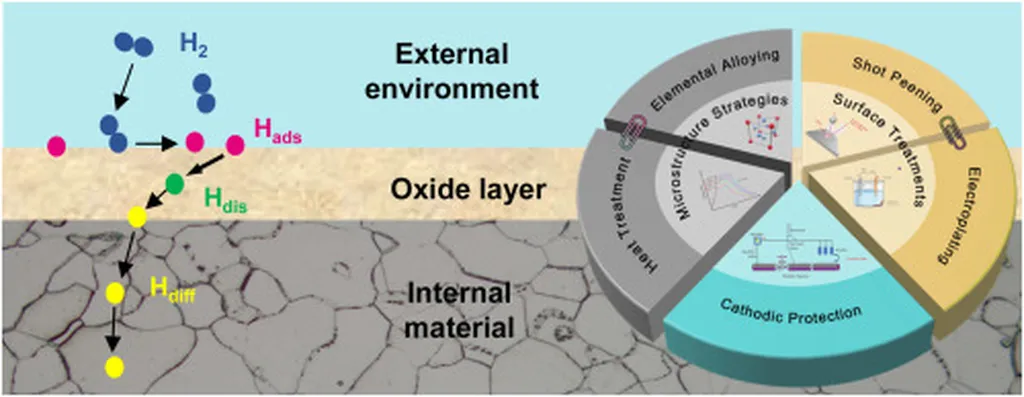In the quest to enhance the durability and performance of steel structures, particularly in the demanding energy sector, a groundbreaking study has emerged from Moscow Polytechnic University. Led by Nicita I. Shegolkov, the research delves into the potential of laser nanostructuring to significantly improve the adhesion of protective coatings on steel linear structures, a critical factor in extending the lifespan of pipelines used in oil and fluid production.
The study, published in the journal ‘Нанотехнологии в строительстве’ (Nanotechnologies in Construction), explores the interfacial boundary during the application and bonding of protective coatings. The research is particularly relevant as the industry increasingly demands higher standards for surface quality of pipelines.
Shegolkov and his team utilized two pulsed ytterbium-doped fiber lasers to treat the surface of steel plates, creating nanostructures that enhanced submicroscale surface roughness by up to 230–470% compared to the initial condition. This nanostructured surface facilitates the formation of an array of nano-scale asperities, which significantly improves the adhesive bonding with the epoxy-phenolic polymer layer.
“The test results demonstrated that the nanostructured surface enhances the adhesive strength, which is crucial for the longevity of protective coatings on steel structures,” Shegolkov explained. The pull-off adhesion tests of the polymer coating varied from 2.2 to 20.6 MPa, depending on the type of laser irradiation and equipment used.
This research holds substantial commercial implications for the energy sector. By improving the adhesive strength of protective coatings, the lifespan of steel pipelines can be extended, reducing maintenance costs and enhancing safety. The comparative analysis of test results obtained using two different types of laser equipment confirmed the effectiveness of a laser system to perform combined polishing and nanostructuring of the metallic surface.
As the energy sector continues to seek innovative solutions to enhance the performance and durability of its infrastructure, this research offers a promising avenue for future developments. The potential of laser nanostructuring to improve the adhesion of protective coatings could revolutionize the way steel structures are maintained and protected, ensuring safer and more efficient operations in the energy industry.
Shegolkov’s work not only advances our understanding of surface treatment technologies but also paves the way for more robust and reliable steel structures in the energy sector. As the industry continues to evolve, the integration of laser nanostructuring could become a standard practice, ensuring that pipelines and other critical infrastructure components are better protected against the harsh conditions they encounter.

